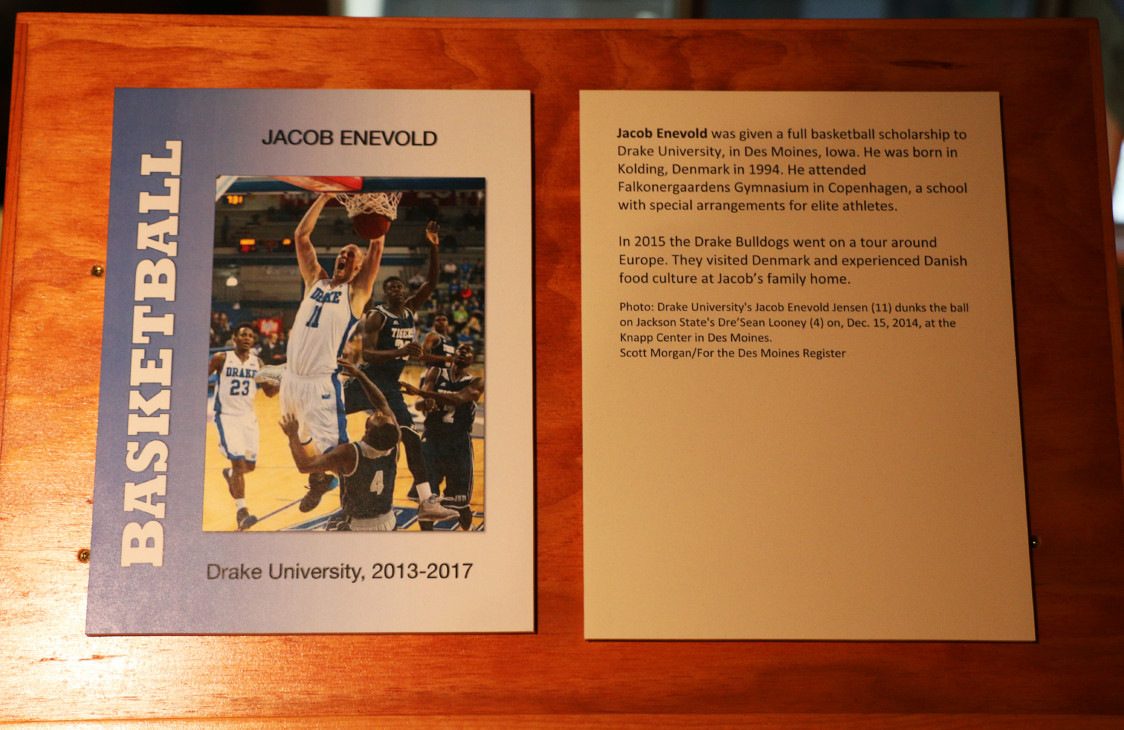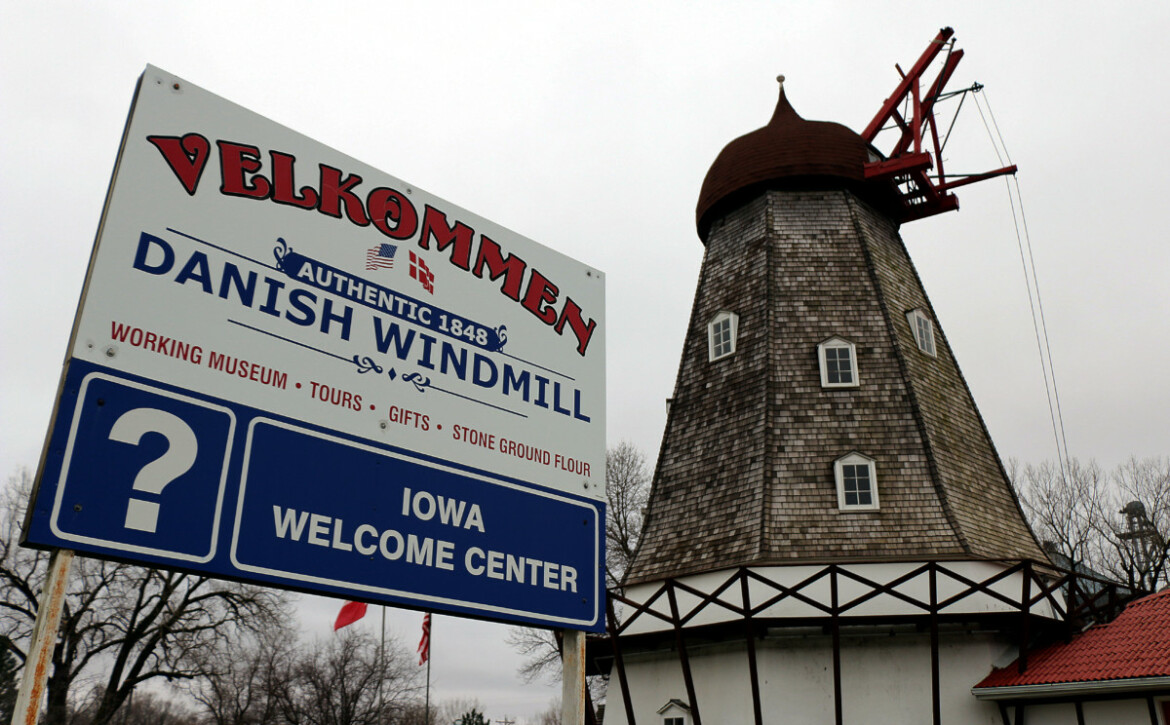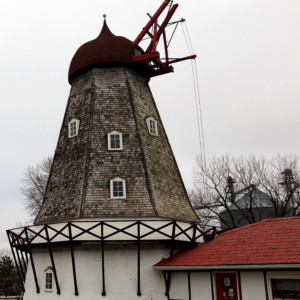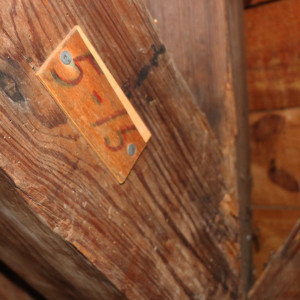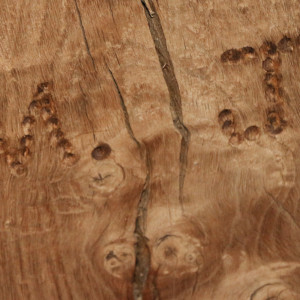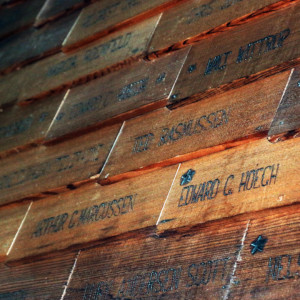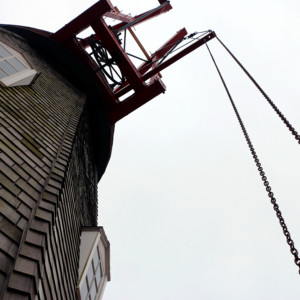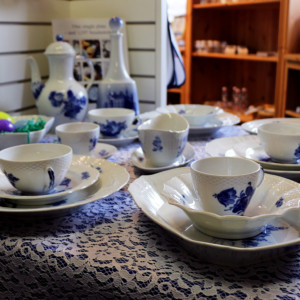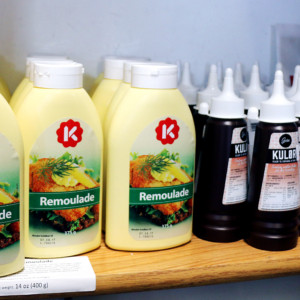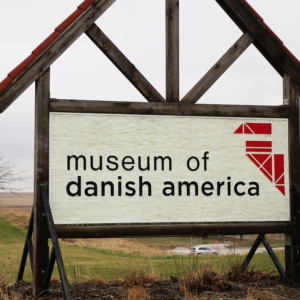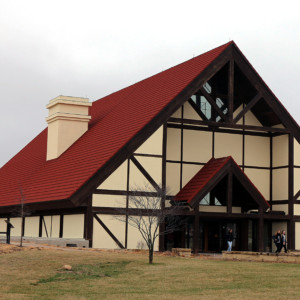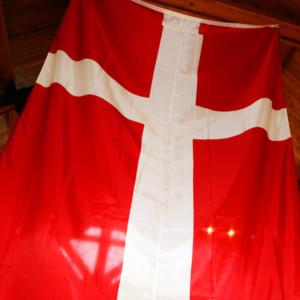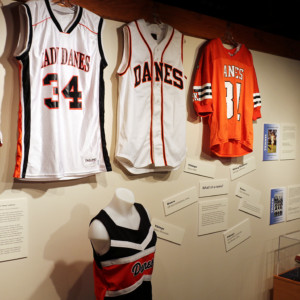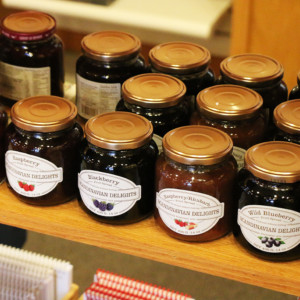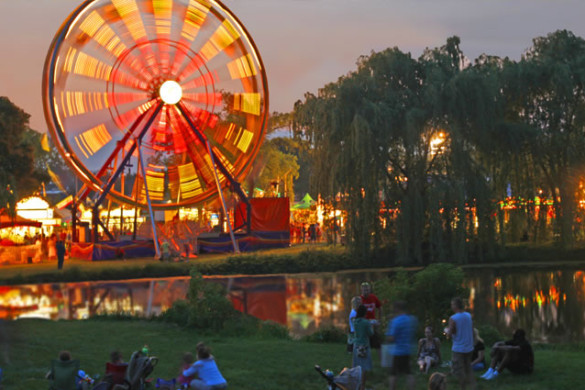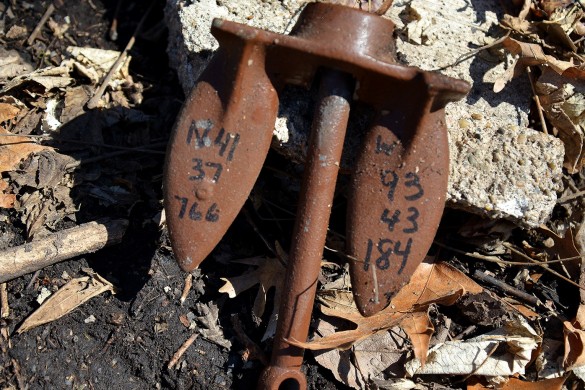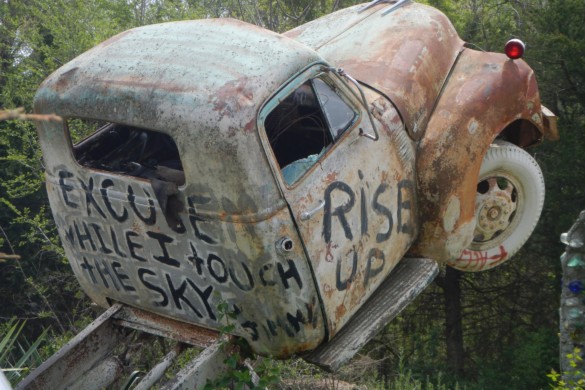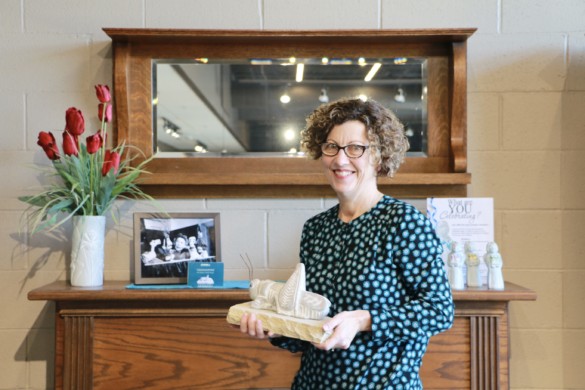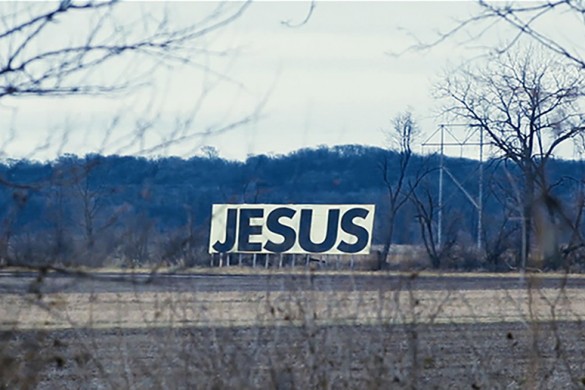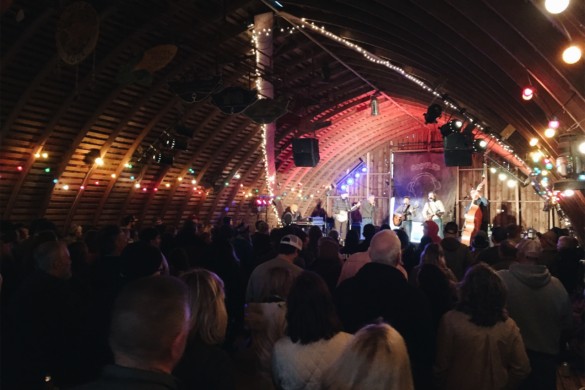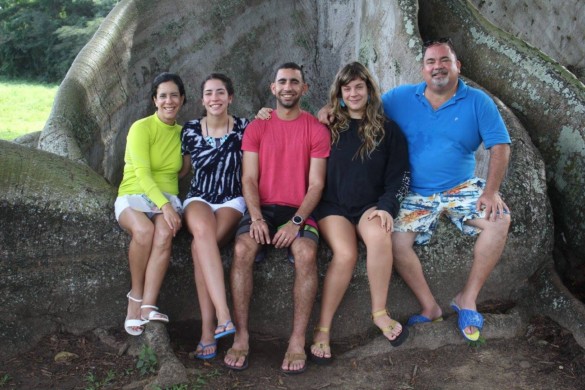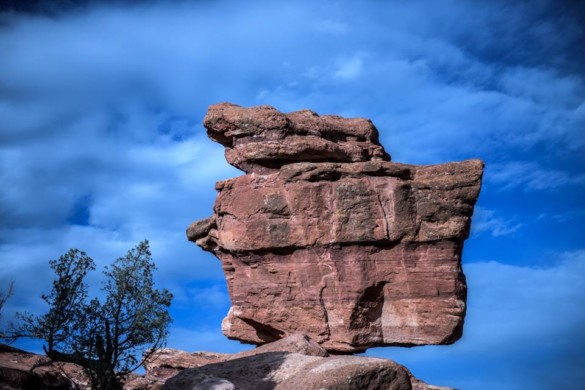A trip to Europe is closer than you think
Words and Photos by Jacob Enevold Jensen
A tall windmill with enormous wings towers over a small town. Red and white flags hang everywhere, shops with peculiar foods rule the streets and people walk by and smile like they’re in the happiest place on earth. From the looks of it, you’d think you were in the Scandinavian country of Denmark, but this is Elk Horn, Iowa.
Elk Horn is a Danish settlement that was established in 1868 by Christian Jensen. It’s not the biggest of towns. It is currently home to 750 people, but it attracts more than 60,000 visitors every year.
Their secret? An authentic Danish windmill from 1848 that was built in Nørre Snede, Denmark, more than 4,000 miles away. It is the only Danish windmill in the United States. Even after more than 150 years and a trip across the Atlantic Ocean, it still works.
But transporting a windmill that weighs 44,000 pounds is no easy task. You’d have to be a little crazy to come up with this idea, said Lisa Riggs, the mill’s manager.
“Back in 1975, we were just a little farming community at about 650 residents, and Kimballton was about 300 residents, and we were called the Danish villages,” Lisa Riggs said. “Then one of our men got the craziest idea to purchase a windmill from Denmark.”
- The windmill’s wings are currently undergoing repairs, so it currently stands without them.
- One of the many plates used to number pieces in the windmill so the Elk Horn community could assemble it correctly.
- No one knows exactly how the initials M. J. got on one of the pillars inside the windmill.
- Wooden plates with the names of the donors grace the lower levels of the mill.
- Large chains, which are used to control the shutters, run up to the top of the mill.
- Royal Copenhagen is the most well-known porcelain out of Denmark. It’s notorious for its beautiful and simple designs.
- On the left is a classic Danish condiment, Remoulade, and on the right, KULØR, which is used in gravy.
Getting everyone to agree with the idea was no easy task, but as more and more people got on board, plans were set in motion.
“We finally decided to buy a windmill. So we wrote the Danish government, but they didn’t have any for sale,” Riggs said. “They told us to go get a Dutch windmill, but we didn’t want a Dutch one, we wanted a Danish one.”
But the little community had no shortage of relatives in Denmark, and the search was on. It didn’t take long before Harry Petersen, a native of Esbjerg, Denmark, got back to the little community with the news of a windmill for sale in Nørre Snede.
The cost of the windmill itself was $11,000, dismantling the mill was $14,000, and ocean freight cost about $8,000. The community quickly mobilized and raised over $30,000 within a few days through donations from community members. With that, the mill was purchased, and it was only a matter of time before it would arrive to Elk Horn.
On Feb. 4, 1976, after a long journey, all the parts of the windmill reached Elk Horn. But it wasn’t in pristine shape.
“Once it came into town, it had not worked in 20 years,” Riggs said. “The big joke around here was that there’s nothing left rotten in Denmark — it’s here in Elk Horn.”
Despite this obstacle, construction of the windmill was soon underway. Four semi-retired men — Gerald Brewer, Carl Bonnesen, Harvey Sornson, and Leroy Christensen — took the construction under their wings, but it would prove to be a difficult task. The carpenters who dismantled the mill in Denmark numbered each part. They then built a 1:10 scale model of the windmill with all the parts numbered exactly like the original one. This was the Elk Horn carpenters’ only “instructional sheet.” On top of that, the men had to figure out how to convert measurements from meters to feet.
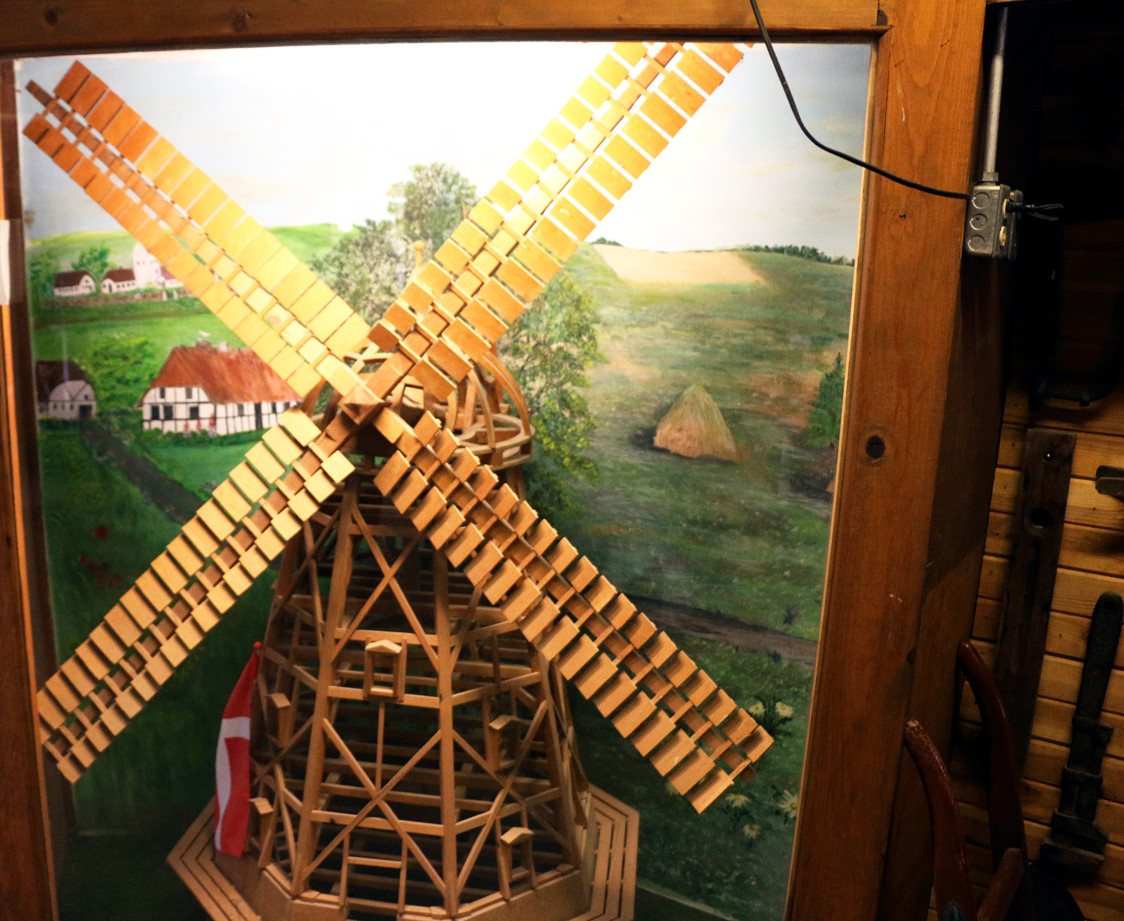
The 1:10 scale model made by the Danish carpenters that was used as an instructional sheet to build the windmill in Elk Horn, Iowa.
On March 15, 1977, about a year of hard work later, at a cost of $100,000 and with help from 300 volunteers, the community’s persistence finally paid off as the windmill’s large grindstones grinded their first cornmeal. And with that, a windmill that hadn’t been functional for over 20 years worked again, and the Elk Horn community had made the seemingly impossible possible.
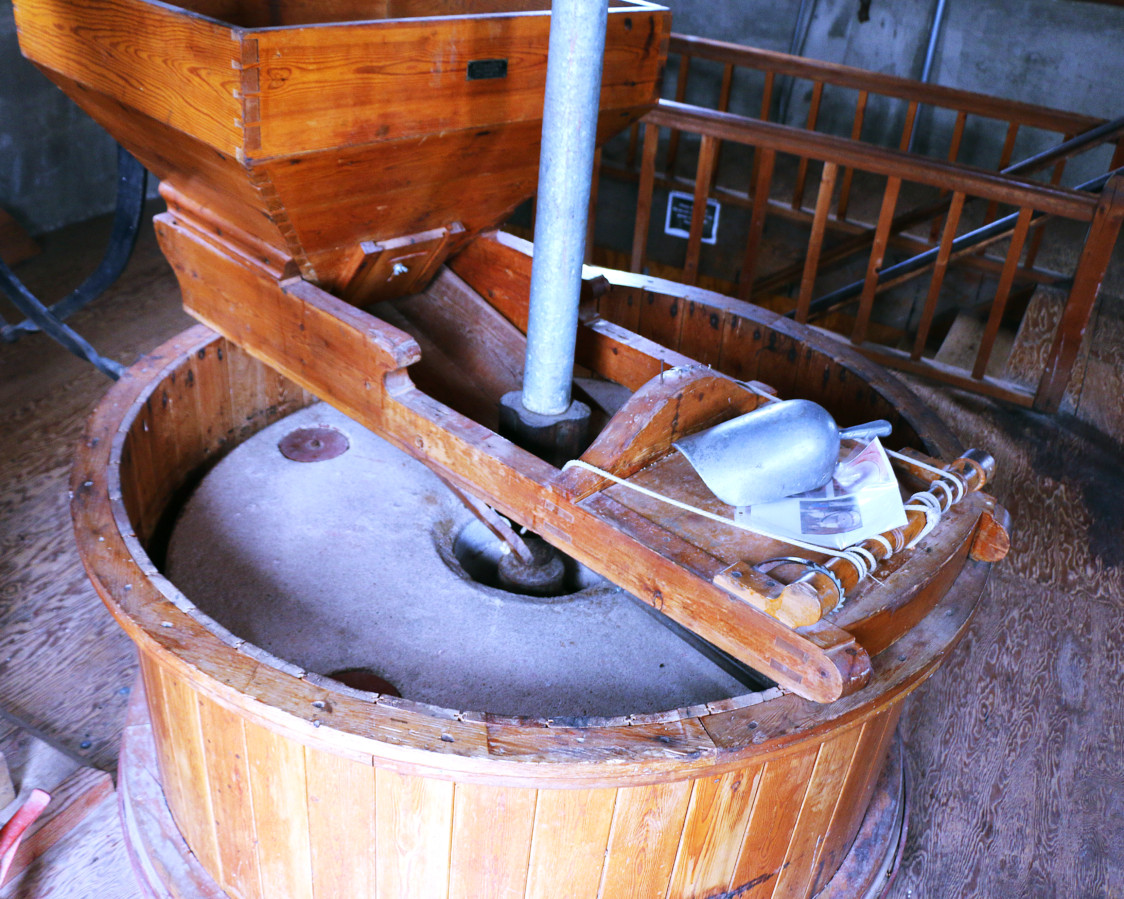
The windmill’s wings power a large and heavy runner stone through wind, on top of a equally large and heavy bedstone. They’re used to grind wheat and other substances.
“This community has always had that ‘can do’ attitude,” Riggs said. “It’s a sense of pride for this community. It’s our icon, and because of that, we had a chance to lure the national museum of Danish America to locate here over other candidate towns, such as Minneapolis and Saint Paul.”
- The Museum of Danish America was established in 1983, a few years after the windmill arrived.
- The $5,000,000 museum is the only museum preserving the Danish experience in the U.S.
- This Danish flag was used by the Danish athletes in the 1996 Summer Olympics in Atlanta, U.S.
- Various jerseys and cheerleader uniforms hang on the top level in the museum.
- Marmalade made by the Danish marmalade factory ‘Den Gamle Fabrik.’
A place to call home
Elk Horn has been a city since 1868, and many of its residents have lived there for a large part of their lives. One of those people is Jeanette Lillehoj, born in 1929, and a native of Kimballton, Iowa, which is an Elk Horn project to create another Danish village. Lillehoj lived in Kimballton until the 1950s, then pursued a teaching career elsewhere.
“I was a teacher for I don’t know how long, I worked two different jobs, one in Peoria, Illinois, where I taught 5th and 6th graders, and then for a few years in New Orleans, and that was a Catholic school,” Lillehoj said. “I felt more comfortable there, even though I’m a Lutheran.”
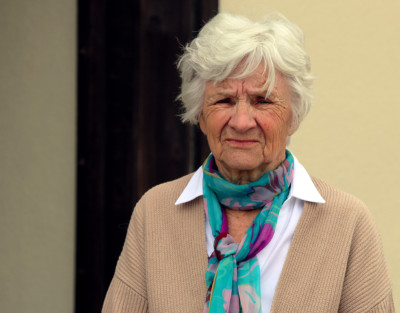
Jeanette Lillehoj, born in 1929 and longtime resident in Kimballton.
Soon enough, her husband’s childhood home called to Lillehoj and her husband, and so they returned home to their roots. What was it about the little community that made her come back? Lillehoj said it was a combination of things.
“It was me and my husband’s home, and we both wanted to come home,” Lillehoj said. “And for me especially, I like to get out, and I feel so safe here. If I was living in Des Moines, I wouldn’t feel as safe. I also know everyone, and I know all the dogs!”
Some people leave and come back, just like Lillehoj. Some people stay their whole lives, and one such person is Tim Fredericksen.
“I was born in 1952, and I have lived here all my life. I will be 65 next month,” Fredericksen said. “Elk Horn has just always been home. I grew up here, and I liked it.”
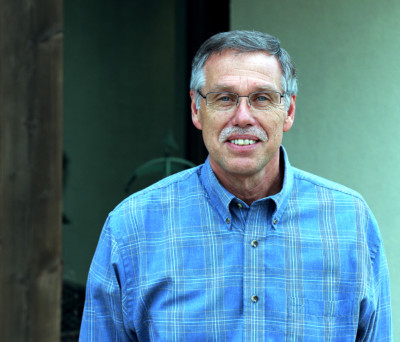
Timothy ‘Tim’ Fredericksen, facilities and grounds manager at the Museum of Danish America.
Part of what makes Elk Horn home is the many events they host throughout the year. Tivoli fest is one of them. The event is an annual Danish celebration held during Memorial Day weekend. It’s a celebration of Danish culture, and it requires a lot of volunteer work.
Fredericksen himself is very involved with Tivoli fest, and oversees making the traditional Danish ‘round pancakes’, “When Tivoli fest comes around, I always make aebleskiver. I’ve always done that since it started,” Fredericksen said. “It’s fun, but it’s a lot of work for the community too, everybody has to have some part in it.”
Just like the windmill, much of the little community is run by volunteer work and a great sense of pride.
But as Elk Horn grows older, and the elder generations slowly diminish and the younger generations seek to go elsewhere, the Danish traditions of the town are threatened.
“Right now is a big time of change, with the internet and all that stuff.” Lillehoj said. “There is a big period of change all over. It isn’t just here. And how that’s going to affect Elk Horn, who knows?”
Being a Dane myself, and having lived 19 years of my life in Denmark, I thoroughly enjoyed my visit to Elk Horn. I have been in the United States for four years now, and my visit to Elk Horn was the first time I really felt at home. A large part of that was walking through the incredible mill, which reminded me of the few that still stand tall back home in Denmark. Walking through the gift shops at the windmill and the museum was such a neat experience. There was a lot of food I hadn’t seen in more than two years, and being able to buy some Danish marmalade and licorice made my heart happy.
The most emotional experience I had by far was seeing myself in the museum of Danish America. I had no clue that I was a part of the museum and the Danish American experience. Seeing a little stand with my picture and information hanging among NFL Hall of Famers and other sports legends left me amazed that my presence in the United States had left a big enough impact to be included in the museum.
